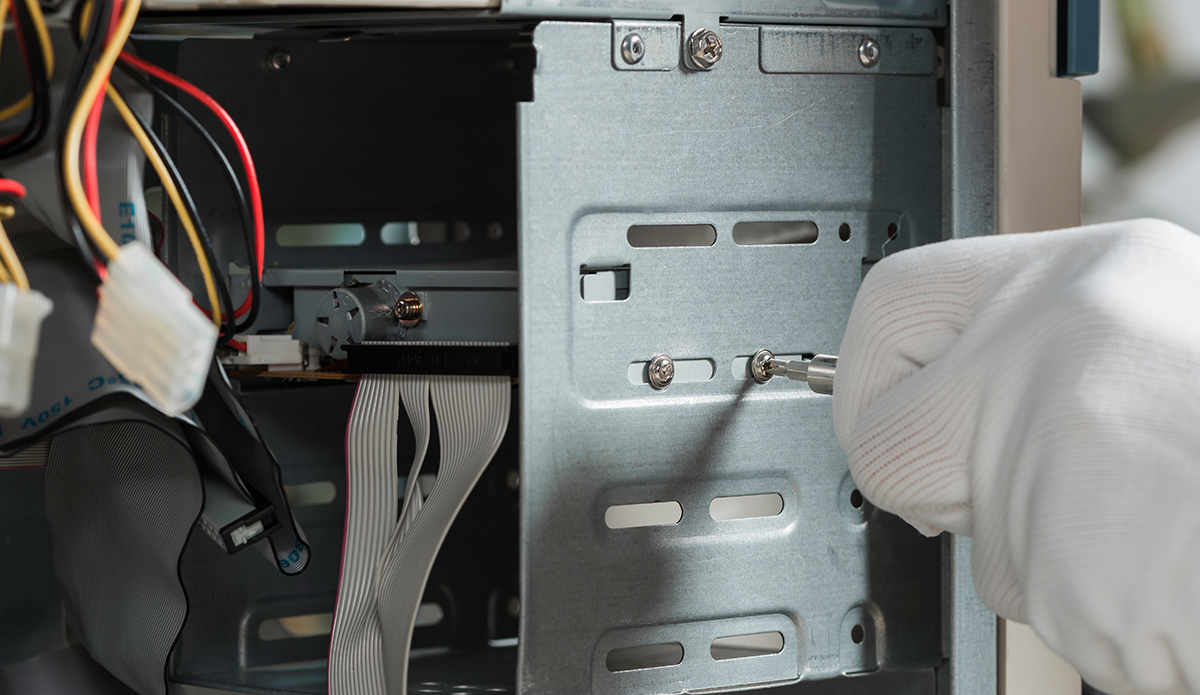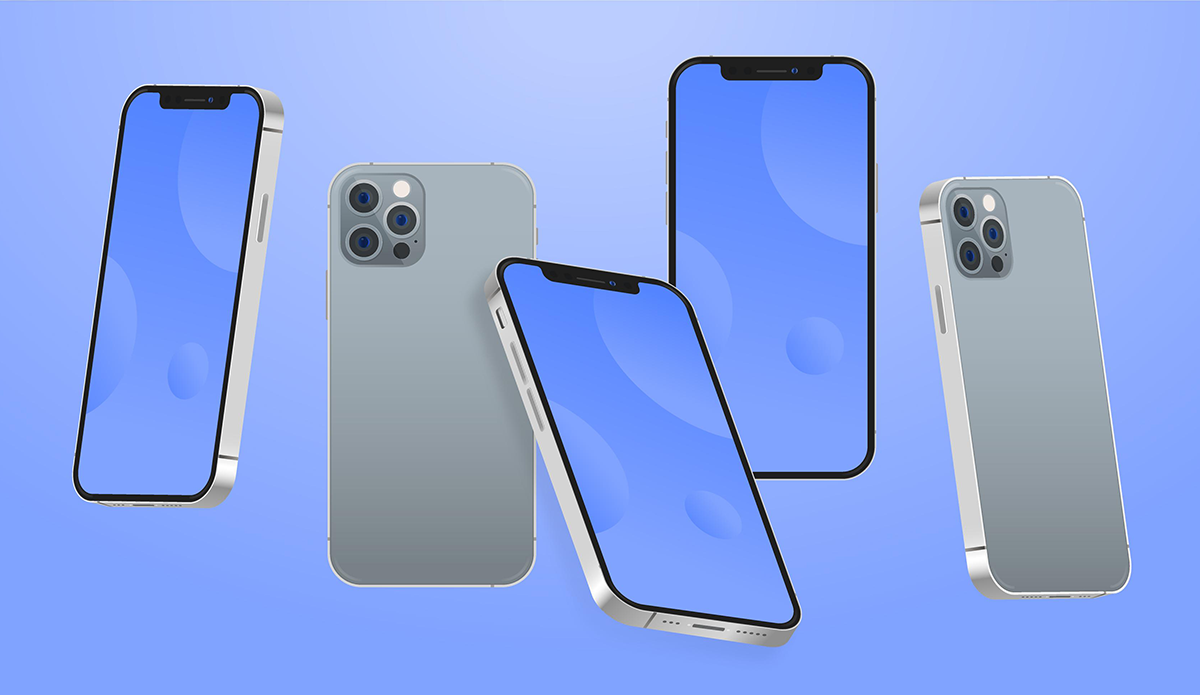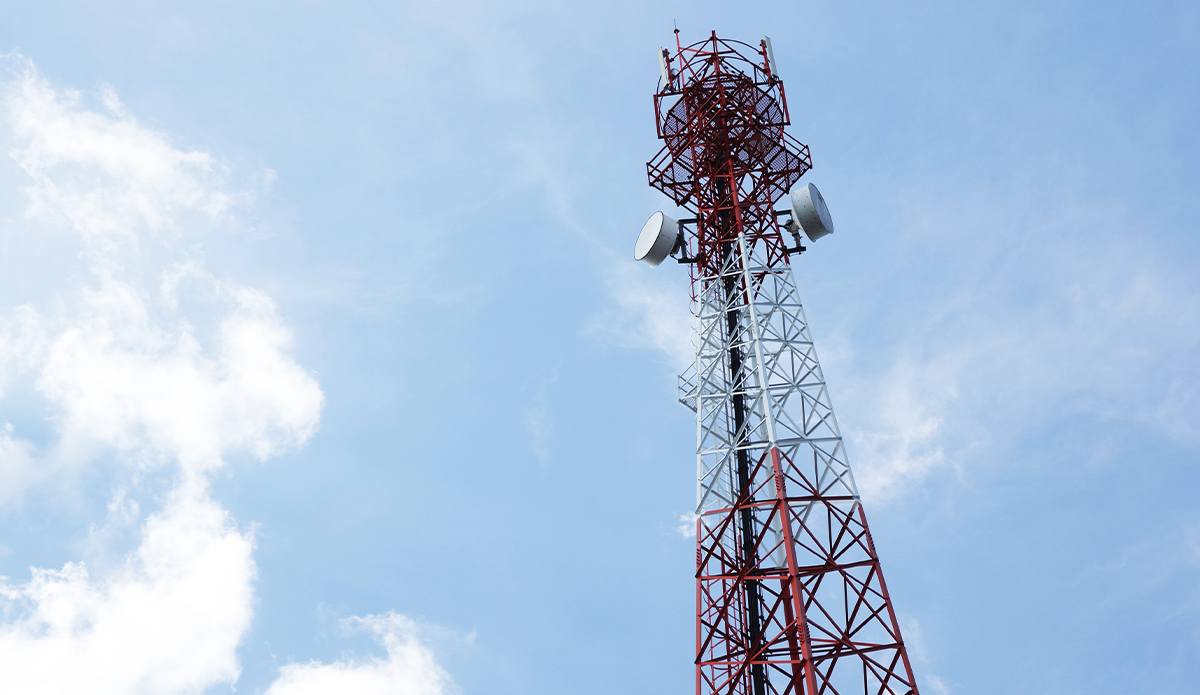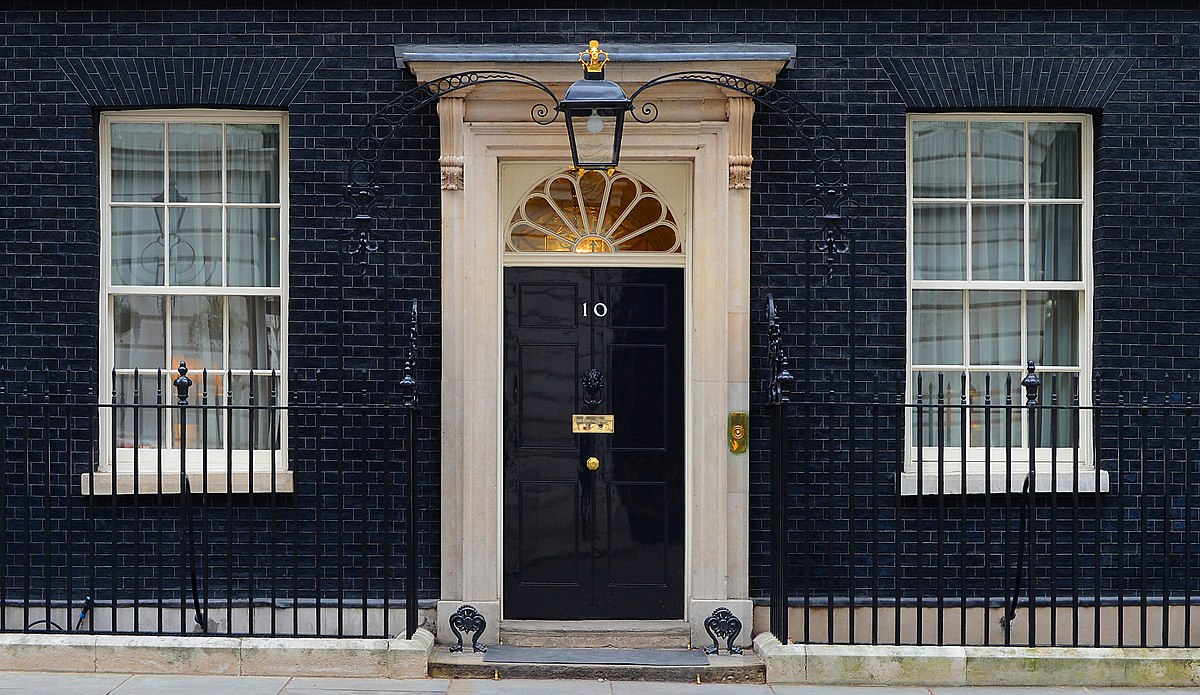Repost from Digital TV Europe.
Are you living in a newly-upgraded full fibre area?
Some 11 million UK homes now have access to fibre broadband, up from seven million a year ago, according to regulator Ofcom’s Connected Nations autumn update.
According to the report, 37% of households can now get full fibre, capable of delivering download speeds of up to 1 Gbps.
This is an increase from 24% a year ago, when just under seven million homes were covered.
The number of properties unable to get a broadband speed greater than 10 Mbps download and 1 Mbps upload has meanwhile fallen by 38% since last year to 83,000.
The number of homes able to get gigabit capable broadband is now almost 20.2 million homes or 68% of all UK homes, up from 19.3 million or 66% at the time of Ofcom’s last update.
Full fibre coverage now reaches 37% of homes, up from 33% in the four months between January 2022 and May 2022, an increase of four percentage points, with just over 11 million homes now covered. Superfast broadband coverage across the UK stands at 96%, with Northern Ireland, the leading region both for full fibre (83% coverage) and gigabit broadband coverage (85%) saw an increase of a percentage point in superfast coverage.
The number of premises unable to get decent broadband, when factoring in fixed wireless and fixed line, has dropped from 99,500 to 83,000 premises since Ofcom’s Spring update.
However, those unable to achieve decent broadband over a fixed line has increased from 506,000 to 513,000 over the same period.
Could you be eligible for fibre?
You can find out for free.
We’ve compared broadband deals from every ISP across the UK.
Tailor results today – all we need is your postcode to find you your next dream broadband plan!




